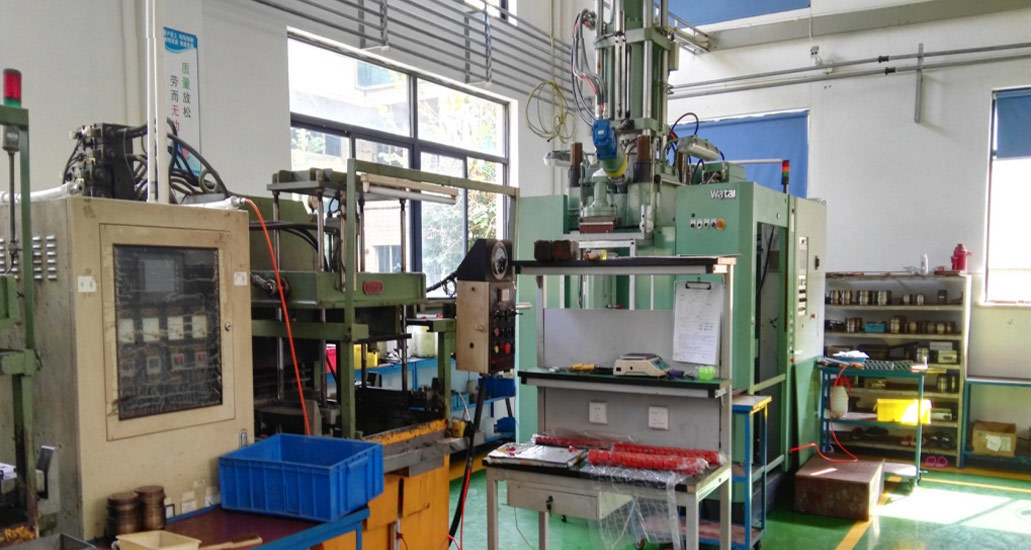11
2023
-
12
Understanding PTFE Wrapping Pads in the Rubber Ring Industry
Author:
Introduction:
In the chemical industry, specifically the rubber ring sector, PTFE wrapping pads play a crucial role. This article aims to provide professionals in this field with comprehensive information and insights into the significance, features, and applications of PTFE wrapping pads. Let's dive into the world of PTFE wrapping pads and enhance our understanding of their importance.

1. What are PTFE Wrapping Pads?
PTFE stands for polytetrafluoroethylene, a synthetic fluoropolymer of tetrafluoroethylene. PTFE wrapping pads are specially designed pieces made from this material. They possess unique properties that make them highly suitable for various applications in the rubber ring industry.
2. Key Features and Benefits:
- Non-stick Surface: PTFE has a low surface energy, providing excellent non-stick properties. This feature prevents rubber ring materials from sticking to the wrapping pad during production processes and facilitates easy removal.
- Chemical Resistance: PTFE is highly resistant to chemicals, acids, solvents, and corrosive substances commonly found in the chemical industry. This resistance ensures the wrapping pads' longevity and effectiveness in protecting rubber rings.
- High Temperature Tolerance: PTFE can withstand extreme temperatures without losing its physical properties, making it ideal for applications that involve heat, such as vulcanization processes.
- Low Friction Coefficient: With its low friction coefficient, PTFE wrapping pads minimize abrasion and wear on rubber ring surfaces during manufacturing, resulting in improved product quality and longevity.
- Electrical Insulation: PTFE acts as an excellent electrical insulator, providing insulation and protection against electrical currents. This feature is particularly valuable when producing rubber rings for electrical applications.
3. Applications of PTFE Wrapping Pads:
- Compression Molding: PTFE wrapping pads are commonly used in compression molding processes. They ensure smooth and efficient production by preventing rubber rings from sticking to molds and facilitating their easy release.
- Curing Processes: During curing processes like vulcanization, PTFE wrapping pads provide insulation, preventing unwanted stickiness and improving the overall quality of the rubber rings.
- Chemical Resistance: PTFE's resistance to chemicals makes wrapping pads an excellent choice for applications involving exposure to corrosive substances, ensuring the longevity and performance of rubber rings.
Conclusion:
PTFE wrapping pads are indispensable in the rubber ring industry. Their unique properties, including non-stick surface, chemical resistance, high temperature tolerance, low friction coefficient, and electrical insulation, make them an ideal choice for various applications. By understanding the significance and benefits of PTFE wrapping pads, professionals in the chemical industry can make informed decisions to enhance their production processes and ensure the quality and durability of rubber rings.
ptfe wrapping pad
undefined












